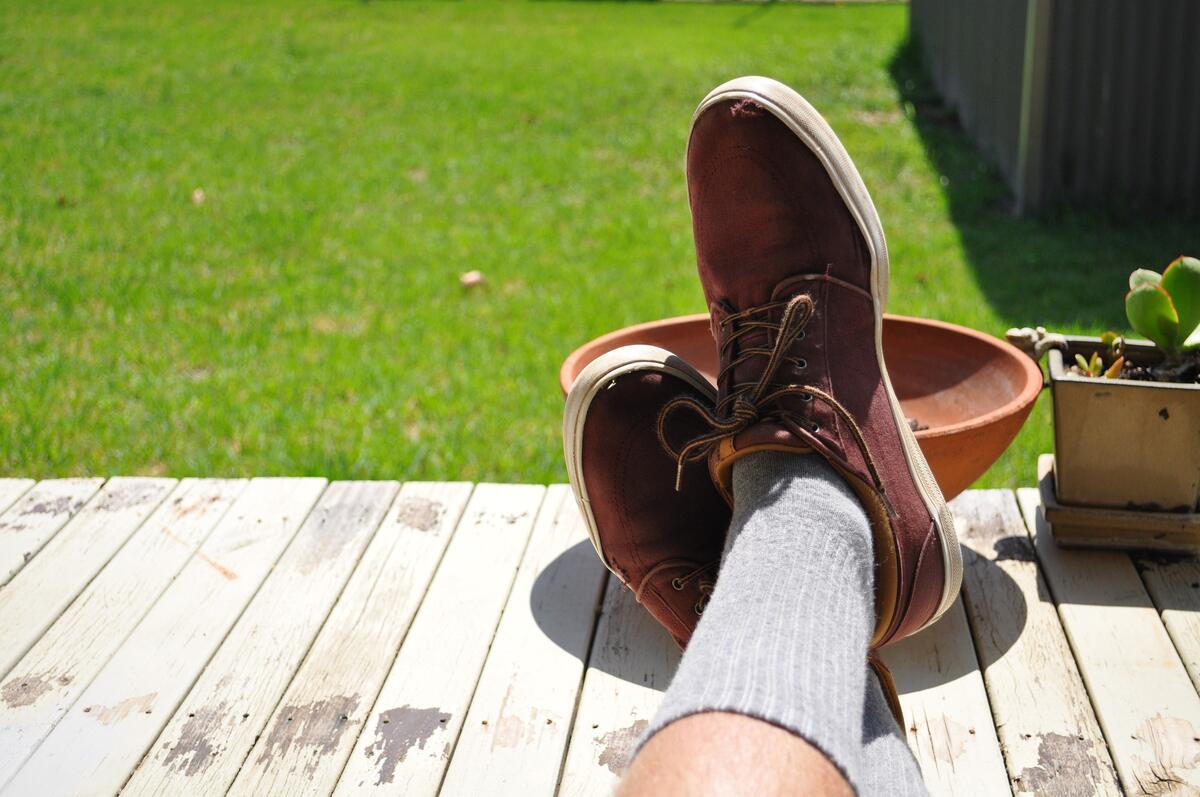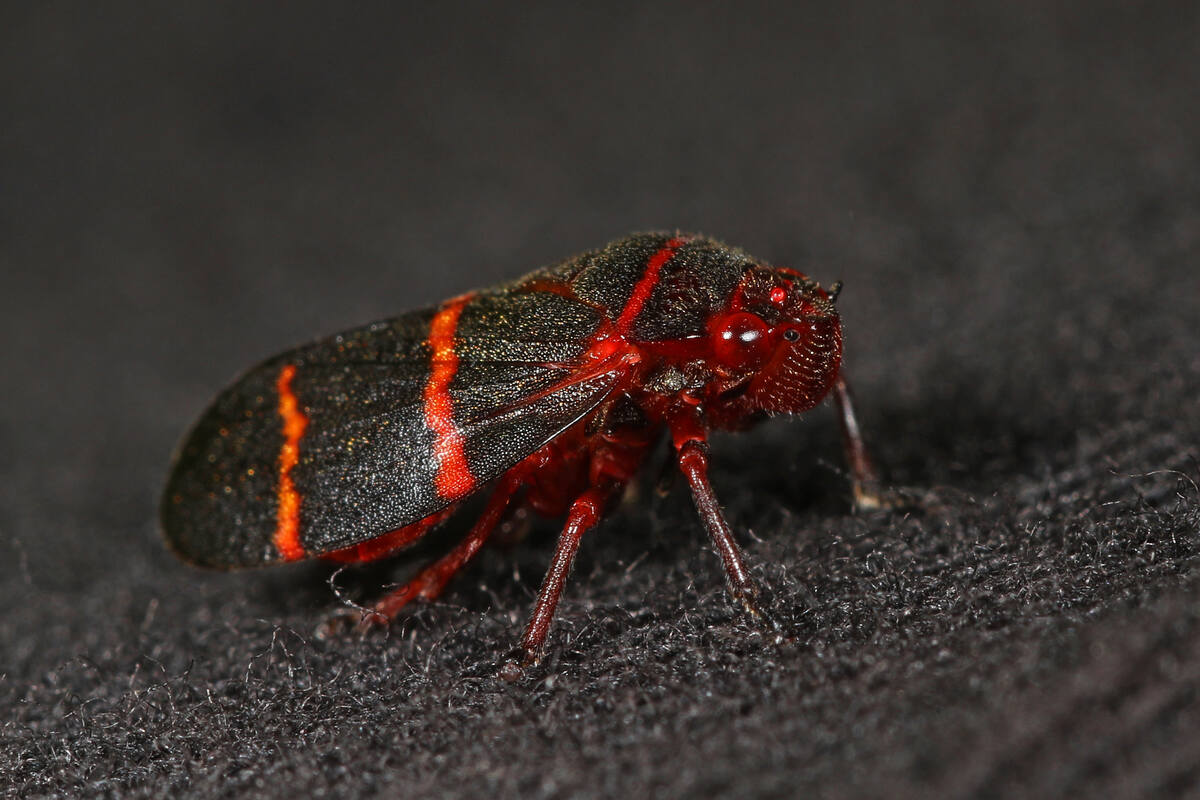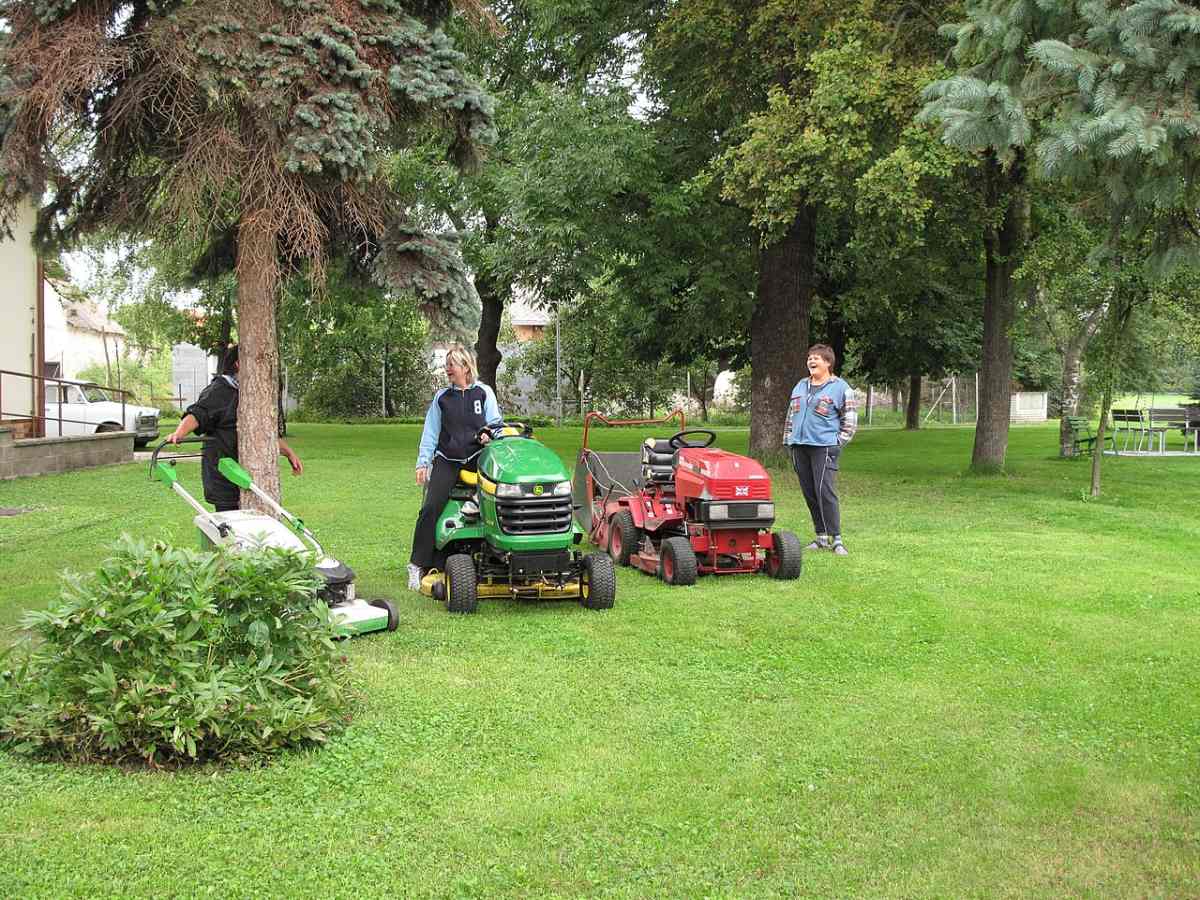
As you savor all the beauty that comes with spring in Orlando, your lawn is likely feeling a bit neglected after a long winter of dormancy. Spring lawn care in Orlando is essential to make your lawn as verdant, vibrant, and healthy as possible all year round – especially in Central Florida, where temperatures and humidity soar from June through August (at the very least).
- Is Your Lawn Prepared for Spring in Orlando?
- 1. Clean and Rake: Give Your Lawn a Good Scrub
- 2. Overseeding: Get That New-Lawn Look
- 3. Aerate: Put Some Flex in Your Lawn
- 4. Dethatch: Send Guests Packing
- 5. Weed Management: Take Control Over What’s in Your Grass
- 6. Fertilizing: Feed Your Lawn Properly
- 7. Mow Once a Week: Get Your Best Grass Yet
- 8. Water Correctly: H2O is Life, Right?
- FAQ
Is Your Lawn Prepared for Spring in Orlando?
Carving out time in your day and budget to stay on top of lawn maintenance is an important part of keeping up with Central Florida’s heat, so if you’ve been lagging the past couple of months, now’s the time to get your property ready for a new season of life.
Let’s take a look at eight spring lawn care tips to get your Orlando property ready for the growing season.
1. Clean and Rake: Give Your Lawn a Good Scrub
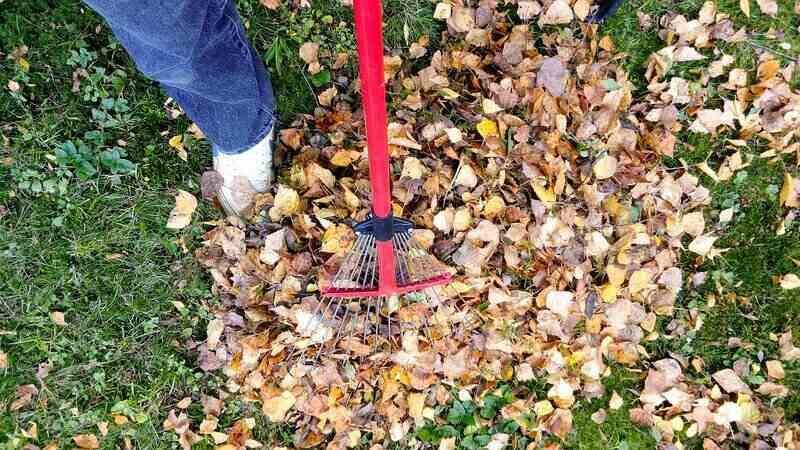
Now that spring’s here, it’s time to give your lawn some TLC. Rake up any leaves, twigs, and debris that have made their way onto your turf over the course of winter while also cleaning up any presents from your (or your neighbor’s) dog. Doing so allows oxygen and water to penetrate the soil’s surface more easily and freshens your lawn for a new season of growth.
Tip: Don’t use a power broom to remove leaves from the lawn, as they can damage grass blades and potentially compact soil, leading to issues with drainage.
2. Overseeding: Get That New-Lawn Look
Overseed the existing lawn by spreading new grass seed to fill in bare or thinning patches during spring. Plant seeds in early spring, so they have time to develop before they have to contend with the scorching Orlando summer heat. Follow up with timely mowing, proper irrigation, and weeding to maintain the lawn’s new lushness.
When overseeding, cut down your grass in advance if it’s over 2 inches high. Introducing soil amendments such as fertilizer prior to overseeding is beneficial, but don’t apply pre-emergent herbicides before planting new seeds, as they will keep the grass from sprouting.
Finally, be sure to water your seeds twice a day until they germinate. Give the new seeds two to three weeks to settle before the next time you mow the lawn.
3. Aerate: Put Some Flex in Your Lawn
Compaction of the soil can lead to several issues, including thinning or dead grass. Soil compaction is usually the result of heavy foot traffic. Luckily, there’s an easy way to combat compaction: core aeration.
Core aeration removes plugs of dirt from the lawn, relieving pressure in compacted soil and providing more breathing room for air and water to travel through to reach your grass’s roots.
For Orlando’s warm-season grasses, the best time of year to aerate is late spring or early summer, when the grass is growing most rapidly and will be able to recover quickly from the stress of aeration.
4. Dethatch: Send Guests Packing
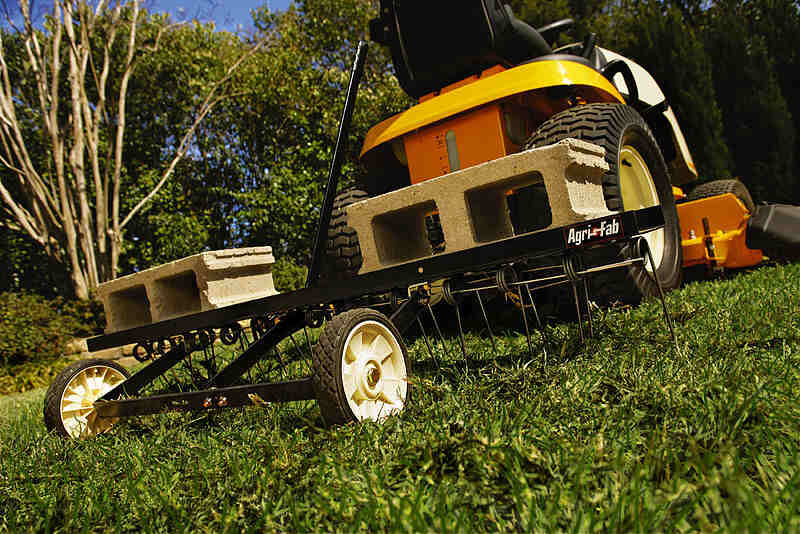
Before jumping into the fertilization game, consider dethatching your lawn to tackle those pesky matted areas of dead grass. Dethatching removes dead grass and other debris that builds up throughout the year to make up a thick, interwoven layer.
If left unattended, this “thatch” may prevent air and water from penetrating your lawn’s root system, resulting in issues with overall health. Like with aeration, the best time to dethatch in Orlando is late spring or early summer, when warm-season grasses have their biggest growth spurt.
5. Weed Management: Take Control Over What’s in Your Grass
If you already have existing weed problems in your lawn, you can take action to prevent further issues. Optimal lawn mowing habits and proper irrigation are essential steps to maintain a healthy base for dealing with weeds in your turf.
While a well-maintained lawn is the best way to prevent weed problems in the future, the quickest way to get rid of spring weeds that have already sprouted is to apply a post-emergent herbicide. Choose a selective herbicide that will kill weeds only, without harming your grass.
For extra protection against the many weeds that might grow in summer, apply a pre-emergent herbicide in spring, which will prevent weeds from sprouting in the first place.
6. Fertilizing: Feed Your Lawn Properly
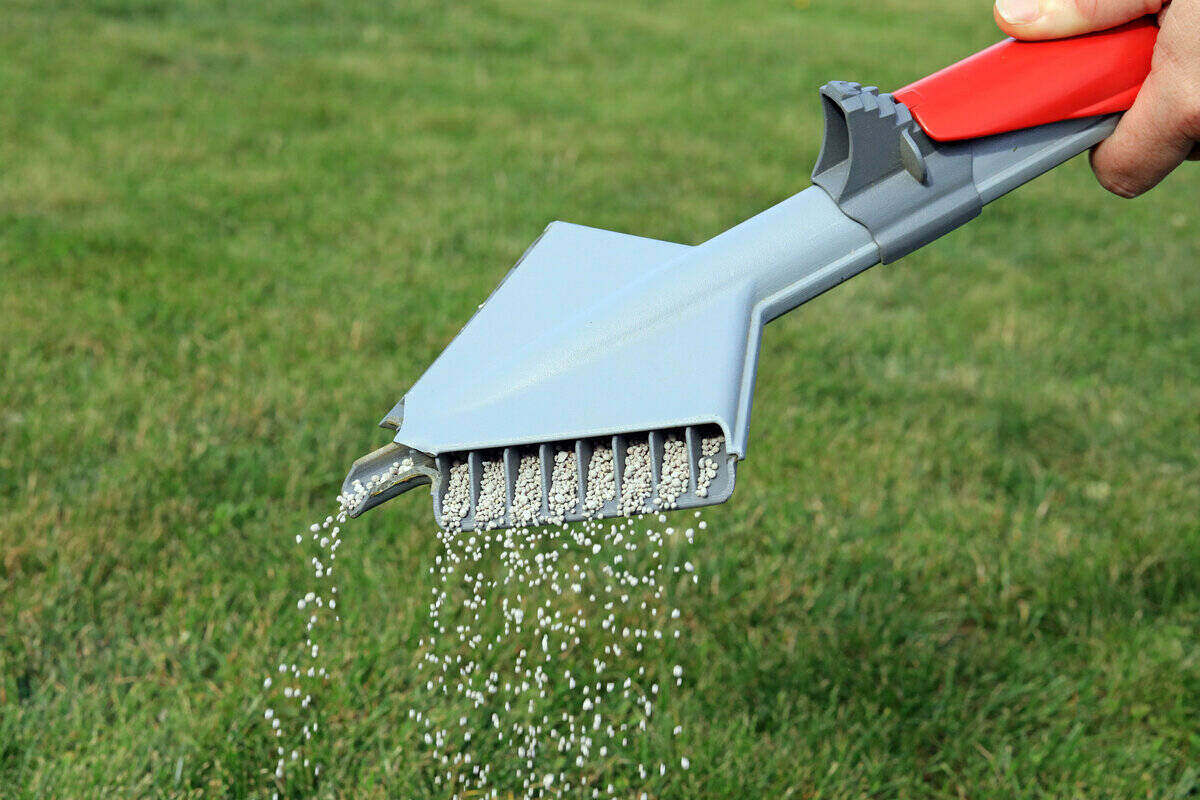
Early spring – from the end of February to mid-March – is a good time to start fertilizing your lawn in warm climates like Orlando’s. Wait to apply the first round of fertilizer until the grass comes out of dormancy and the soil temperature reaches 55 degrees Fahrenheit. Applying fertilizer now can help prepare your grass for the hot summer months ahead.
Test your soil’s pH level to find out what kind of fertilizer would benefit your lawn most. Opt for a balanced blend of granular, slow-release fertilizer to adjust the acidity/alkalinity and nutrient content of your soil accordingly. When applying granular fertilizer, a drop spreader is suitable for small lawns, while larger areas of turf require a rotary spreader for even coverage.
7. Mow Once a Week: Get Your Best Grass Yet
Once the warm-season grasses come out of hibernation and begin actively growing again, Orlando’s lawns need to be mowed at least once a week to keep the grass healthy and looking neat. Start the season by sharpening your mower blades for a clean, healthy cut.
Consider mulching your grass clippings, too. This way, you can add nutrients and texture to your soil without laying down extra fertilizer or other synthetic soil amendments.
8. Water Correctly: H2O is Life, Right?
Just like you, your lawn needs the right amount of water. Water your grass slowly and deeply to help it build strong roots that will carry your lawn through the hot Orlando summer. Preferably, you’ll want to water your lawn early in the day so the soil can soak up as much as it needs before the sun evaporates all the excess water.
When it comes to watering habits and frequency, always adjust to life’s changing flow. Too little or too much water can have disastrous effects on your lawn’s overall health, so it’s important to continuously keep an eye on how much hydration your lawn is getting from natural rainfall. As a general rule of thumb, if the soil is wet, you don’t need to add more water.
FAQ About Spring Lawn Care in Orlando
It’s best to fertilize Orlando’s warm-season grass types for the first time of the year in early spring – end of February through mid-March – once the soil temperature has reached a minimum of 55 degrees Fahrenheit.
In Central Florida, grass typically grows actively from April through September and slows growth when the soil temperature drops below 50° F.
During Daylight Savings Time in Orlando, you can water twice a week. Odd-numbered or no-address homes are allowed to water Wednesday and Saturday, while homes with even-numbered addresses are allowed to water Thursday and Sunday.
When Eastern Standard Time is in play, watering is allowed once a week across the board on Sunday for those with even-numbered or no addresses and Saturday for odd-numbered addresses. See Orange County’s official watering restrictions page for the most updated watering schedule.
According to the University of Florida, low-phosphorous or no-phosphorous fertilizer is generally best for Florida lawns, as most Florida soil already contains sufficient phosphorus for healthy grass growth. Your specific fertilizer needs, however, will depend on the results of your soil test.
Ready for a Lush Spring Lawn in Orlando?
Who doesn’t love a beautiful, healthy lawn? But to get it there and keep it that way takes work. Orlando lawn care services are a fantastic way to get the help you need to bring your lawn and landscape up to par this spring.
With our expert tips (or with help from a LawnStarter pro), your lawn can be lusher and greener than ever by the time summer rolls around.
Main Image Credit: Pxfuel

